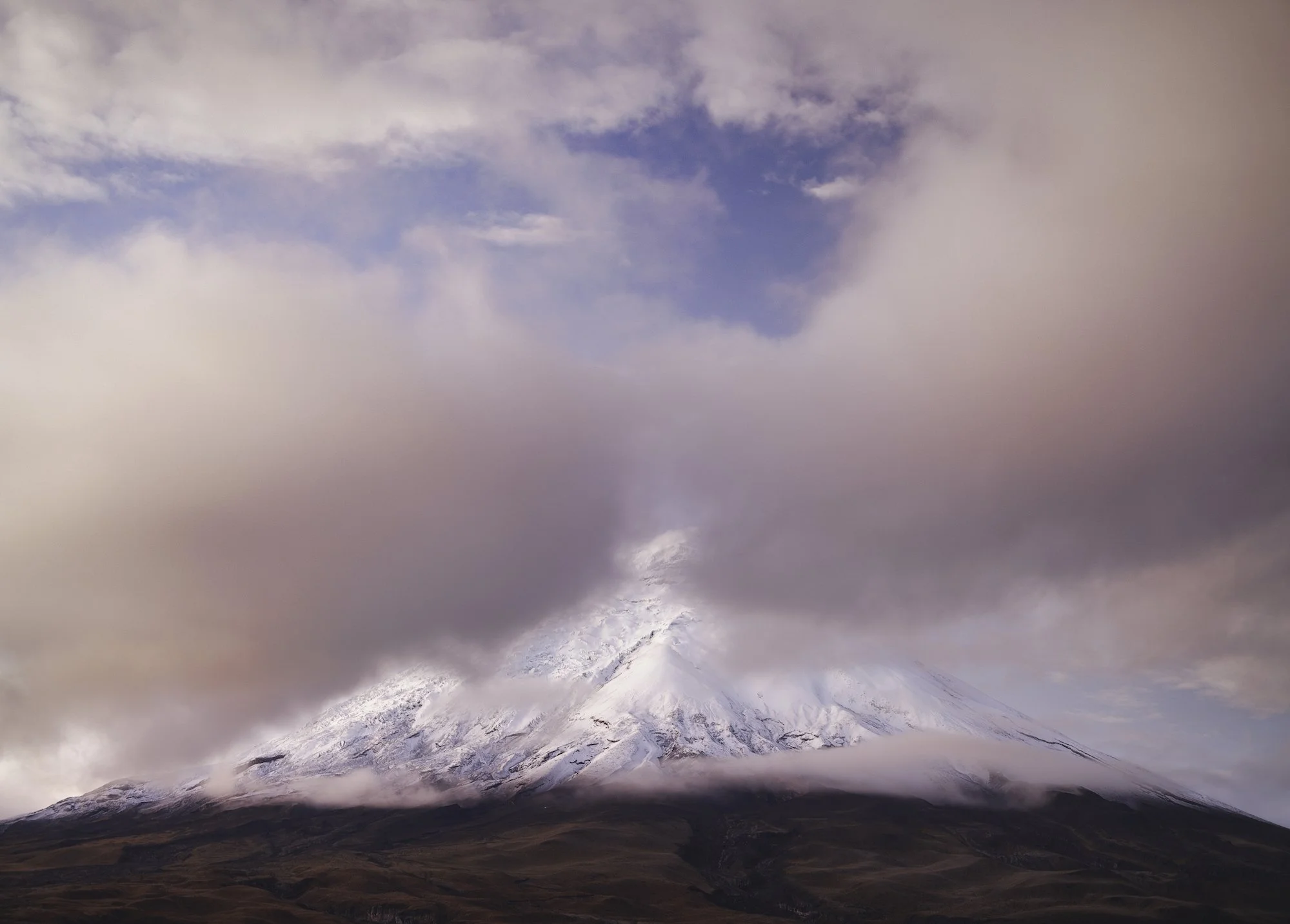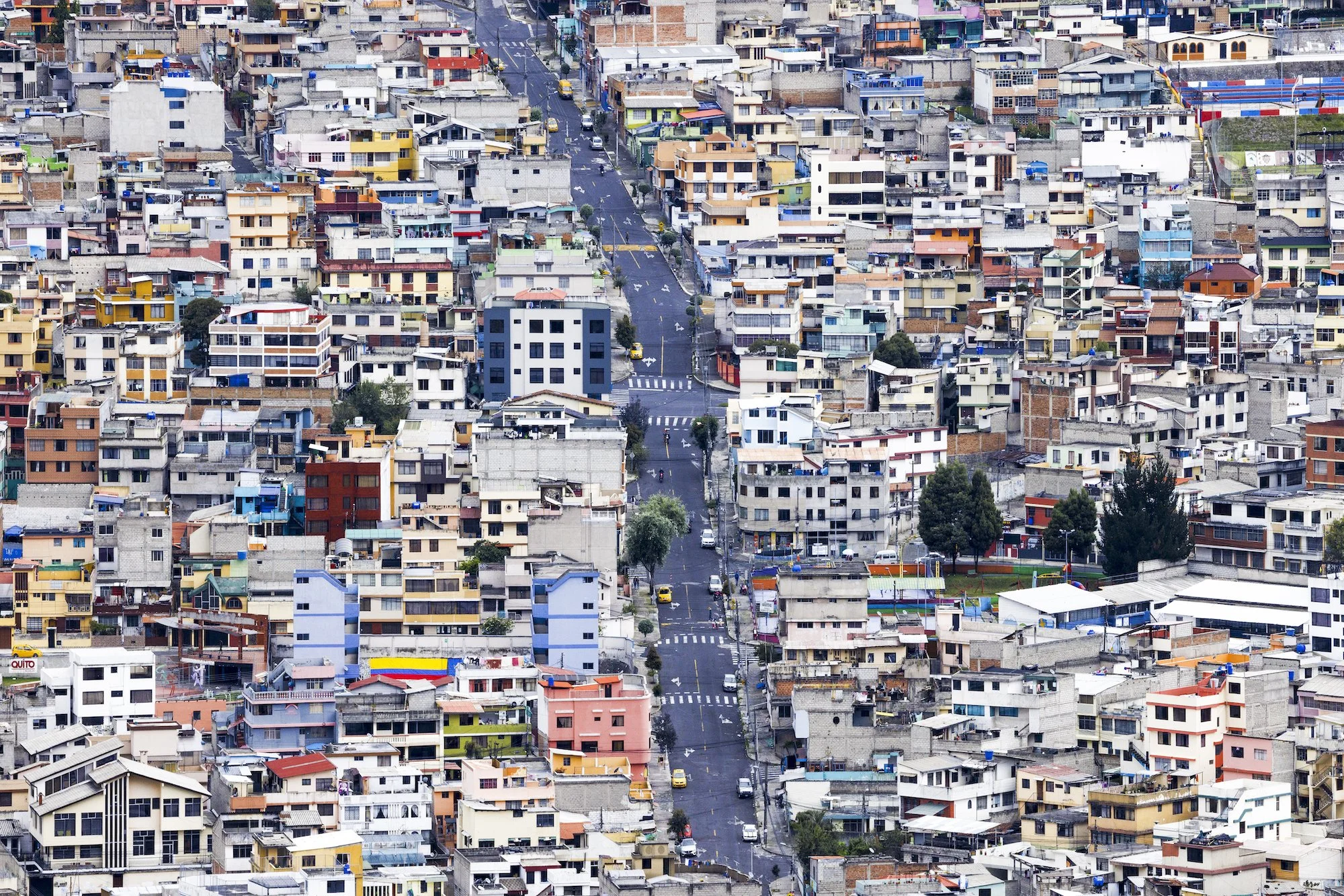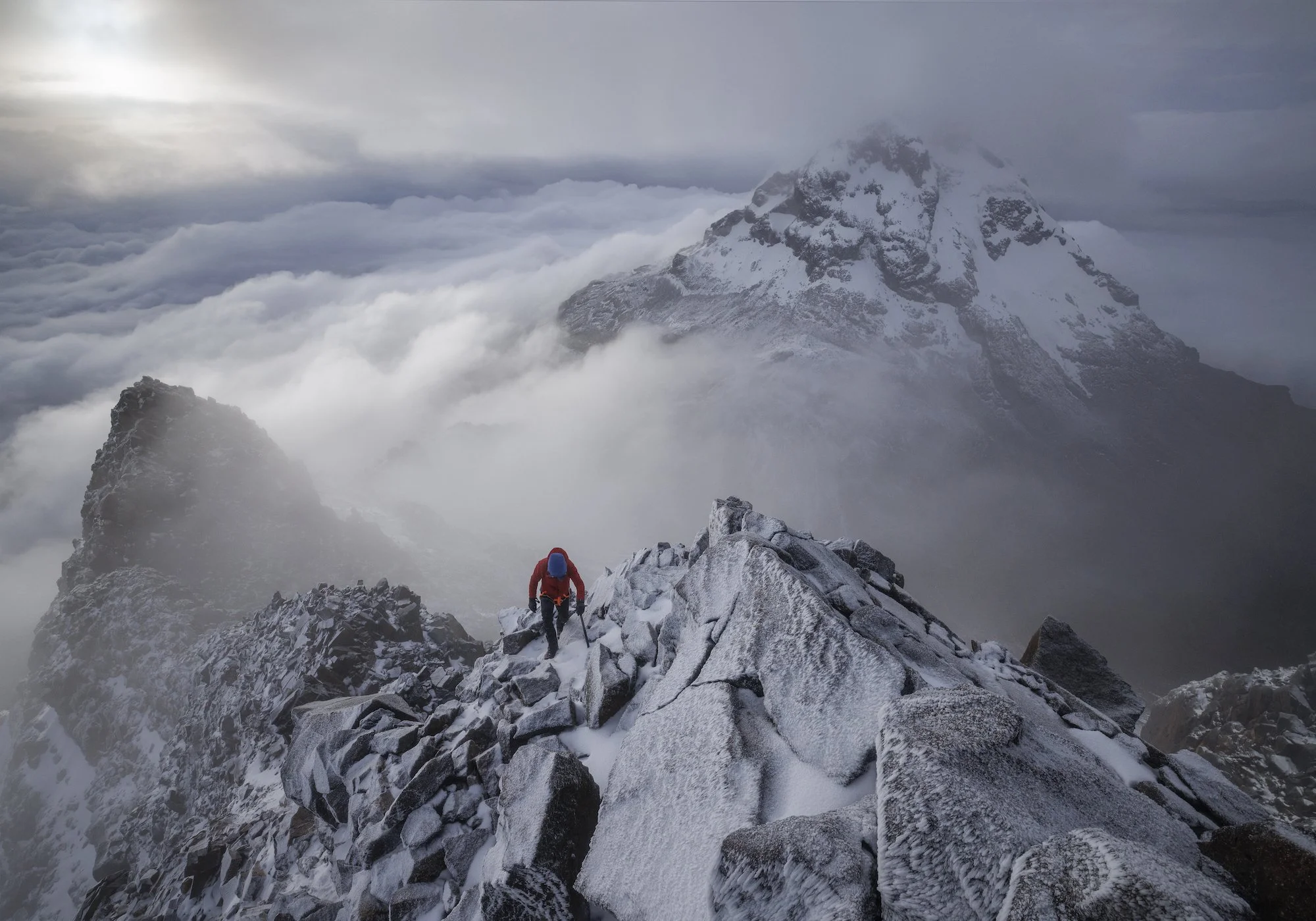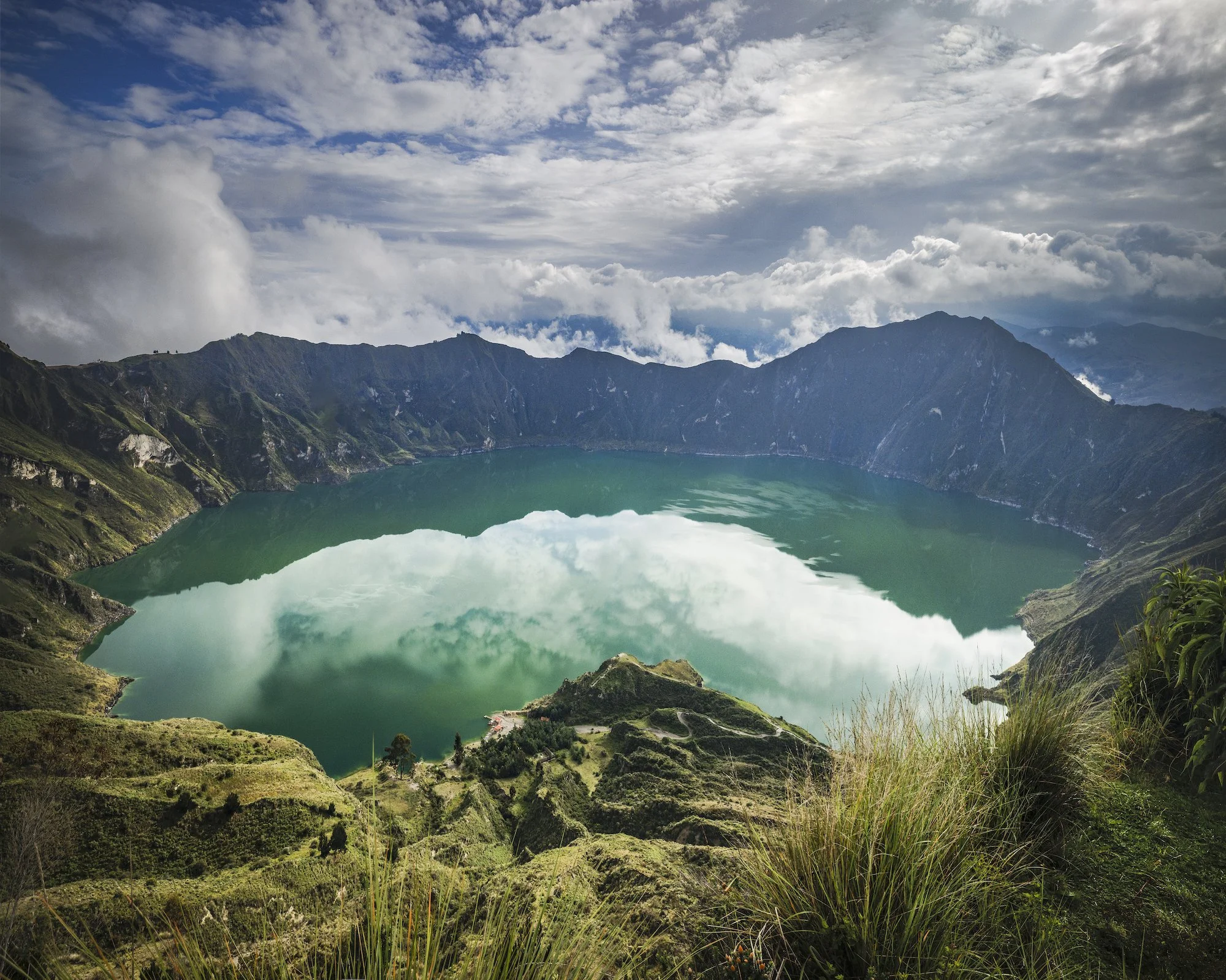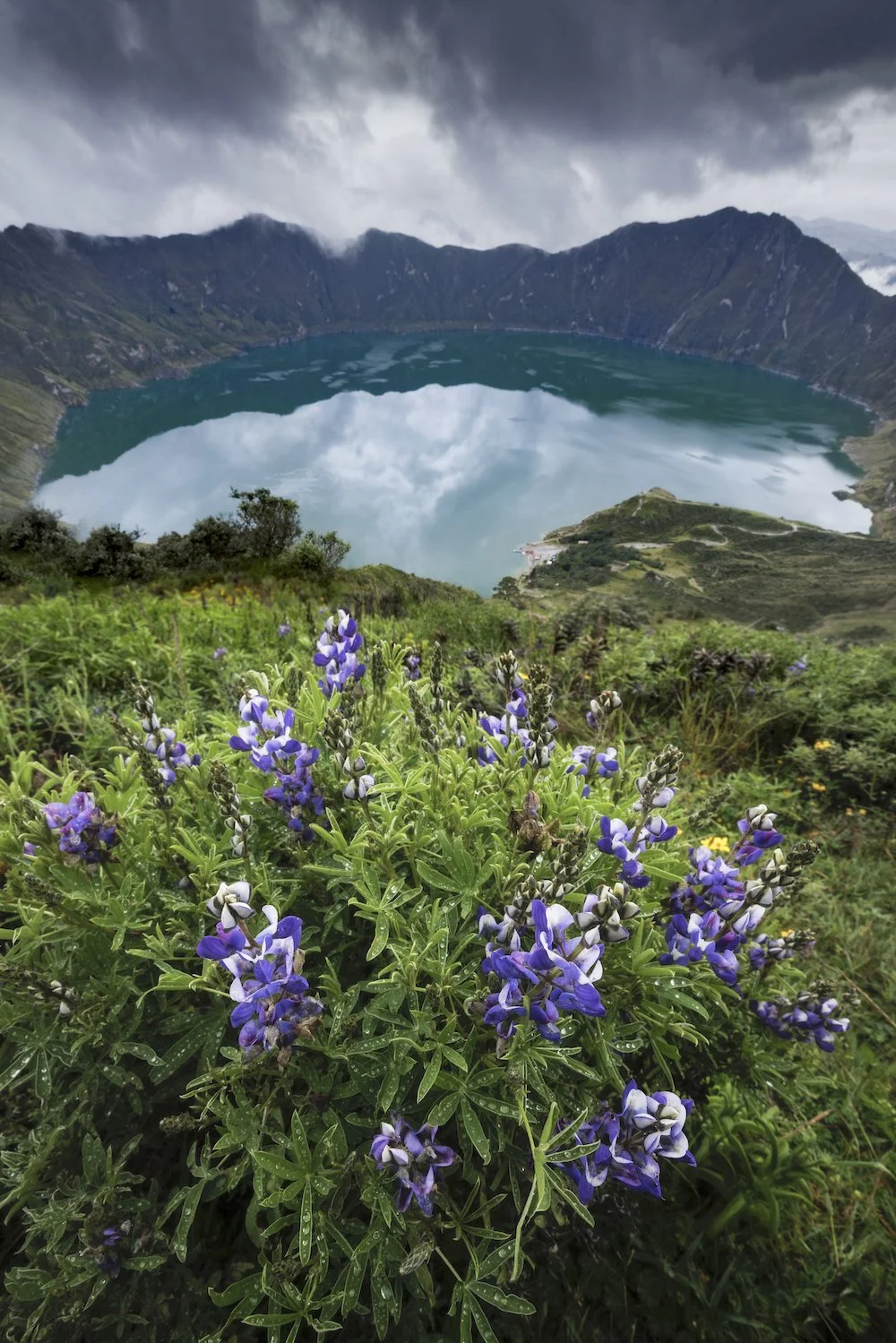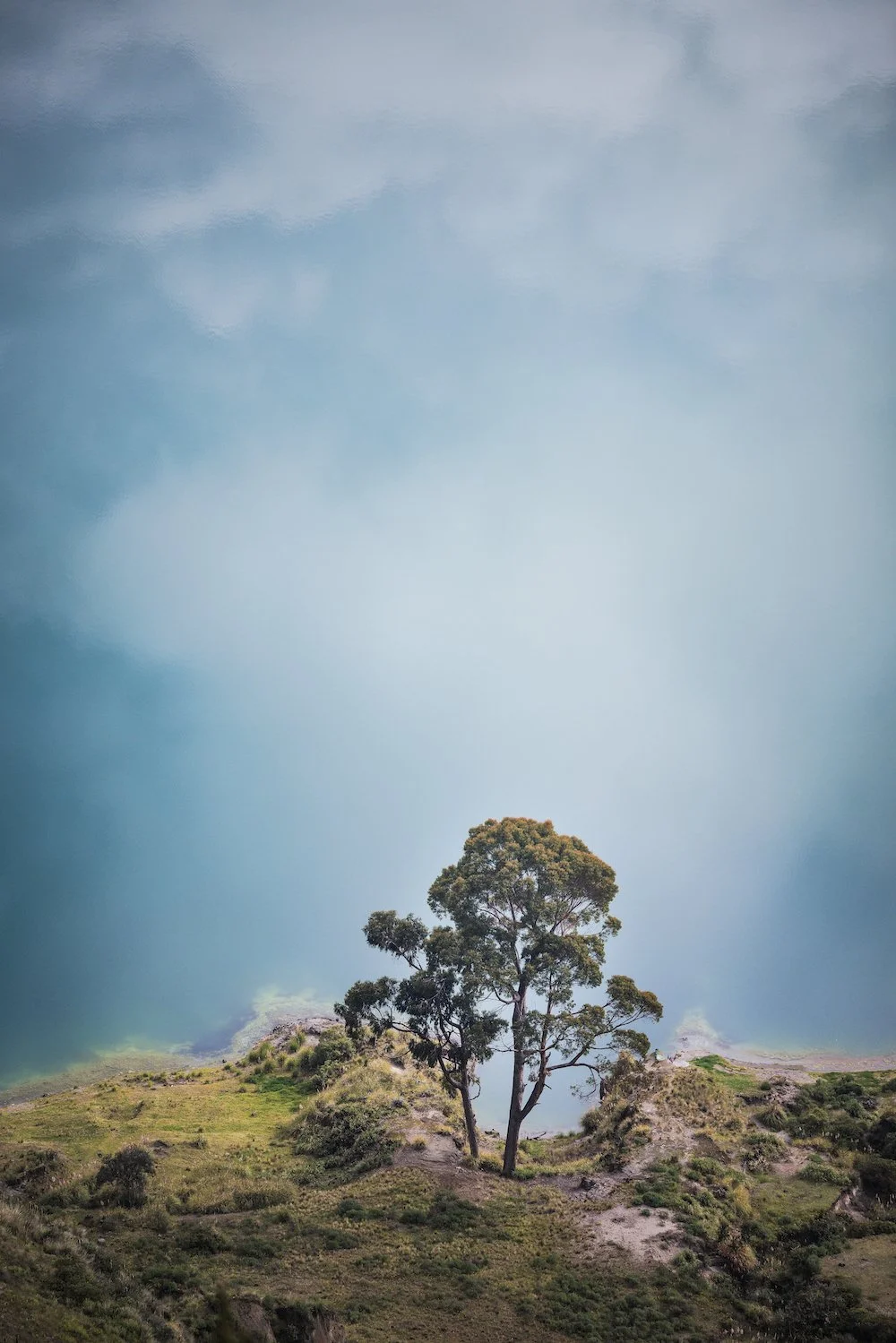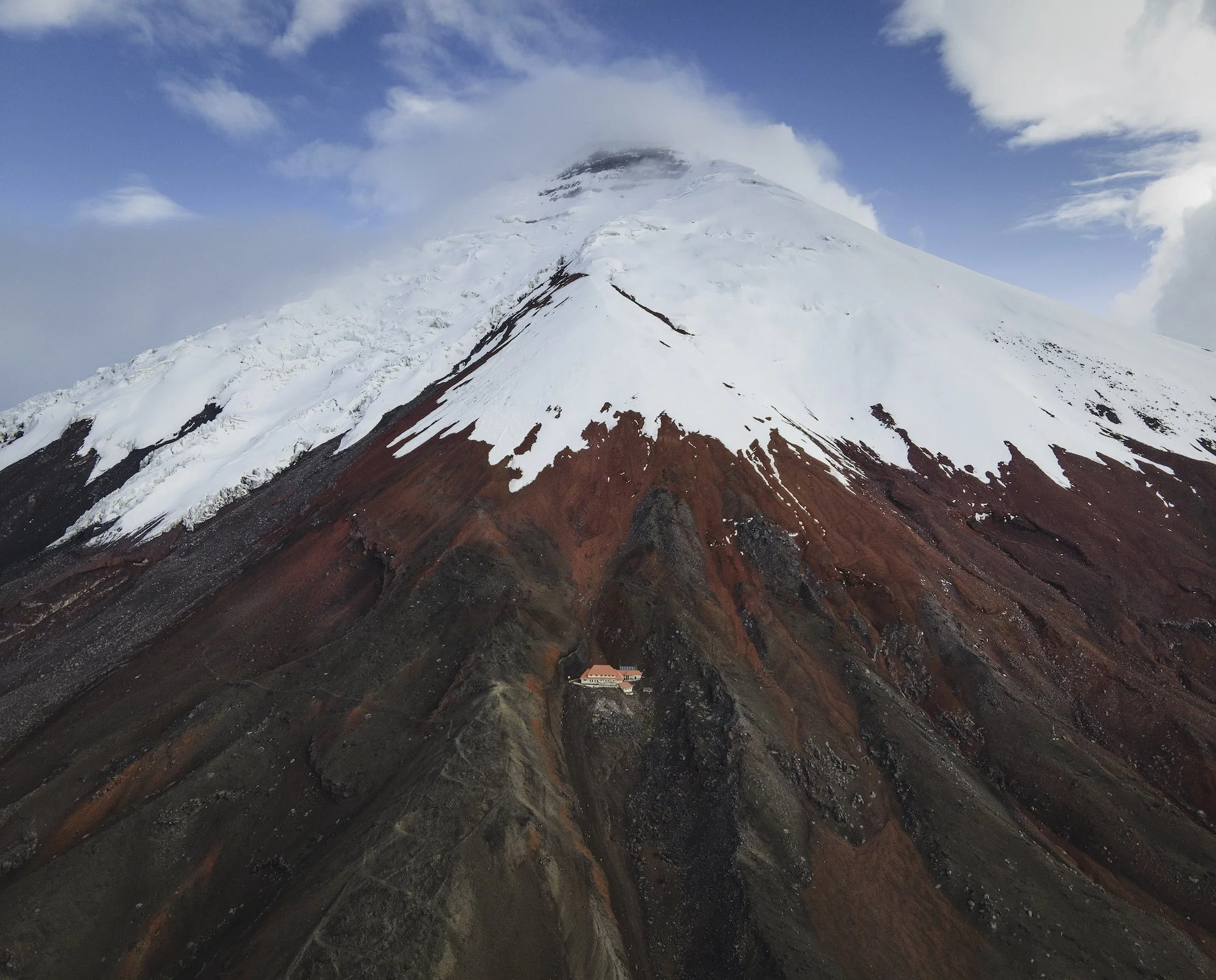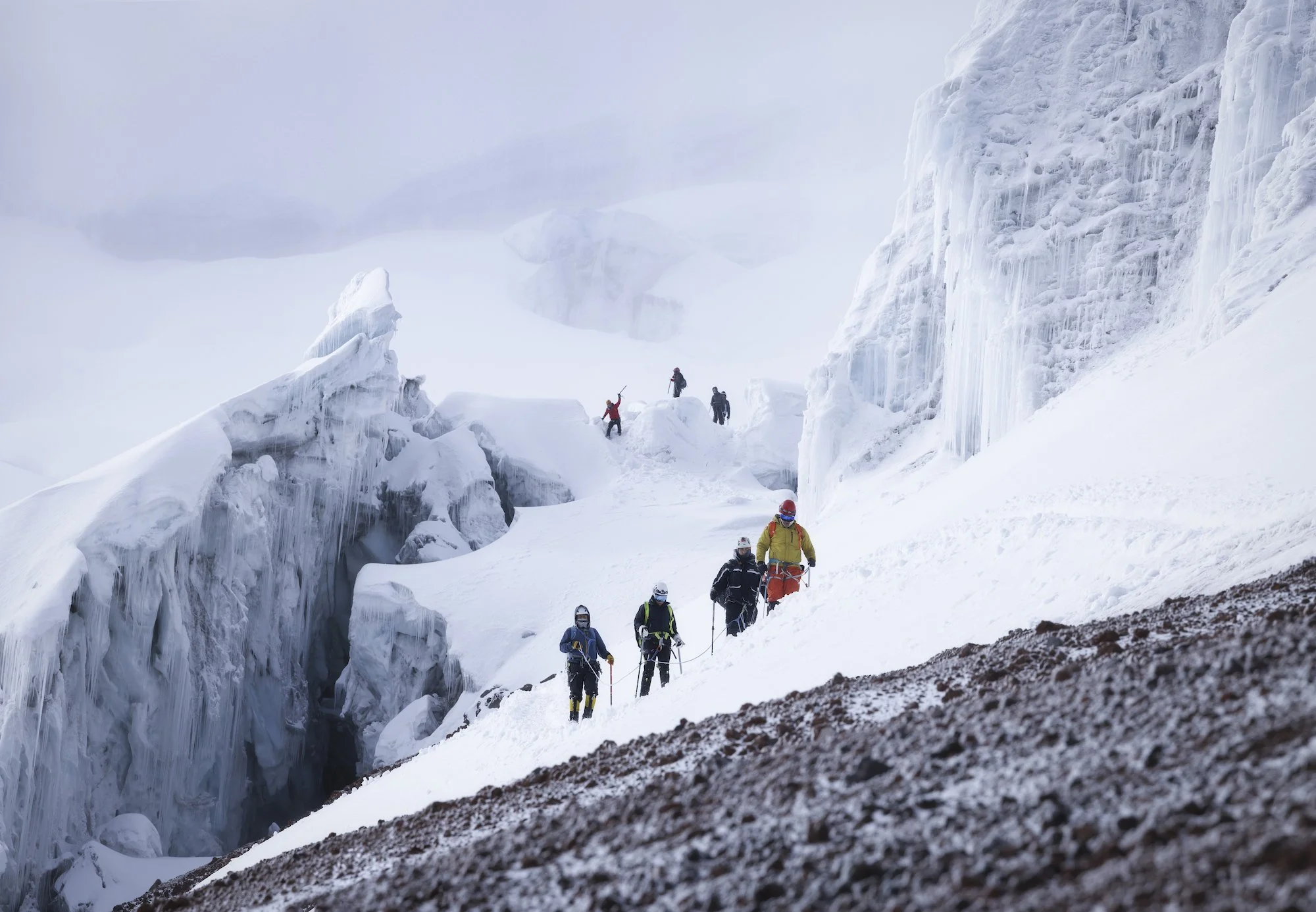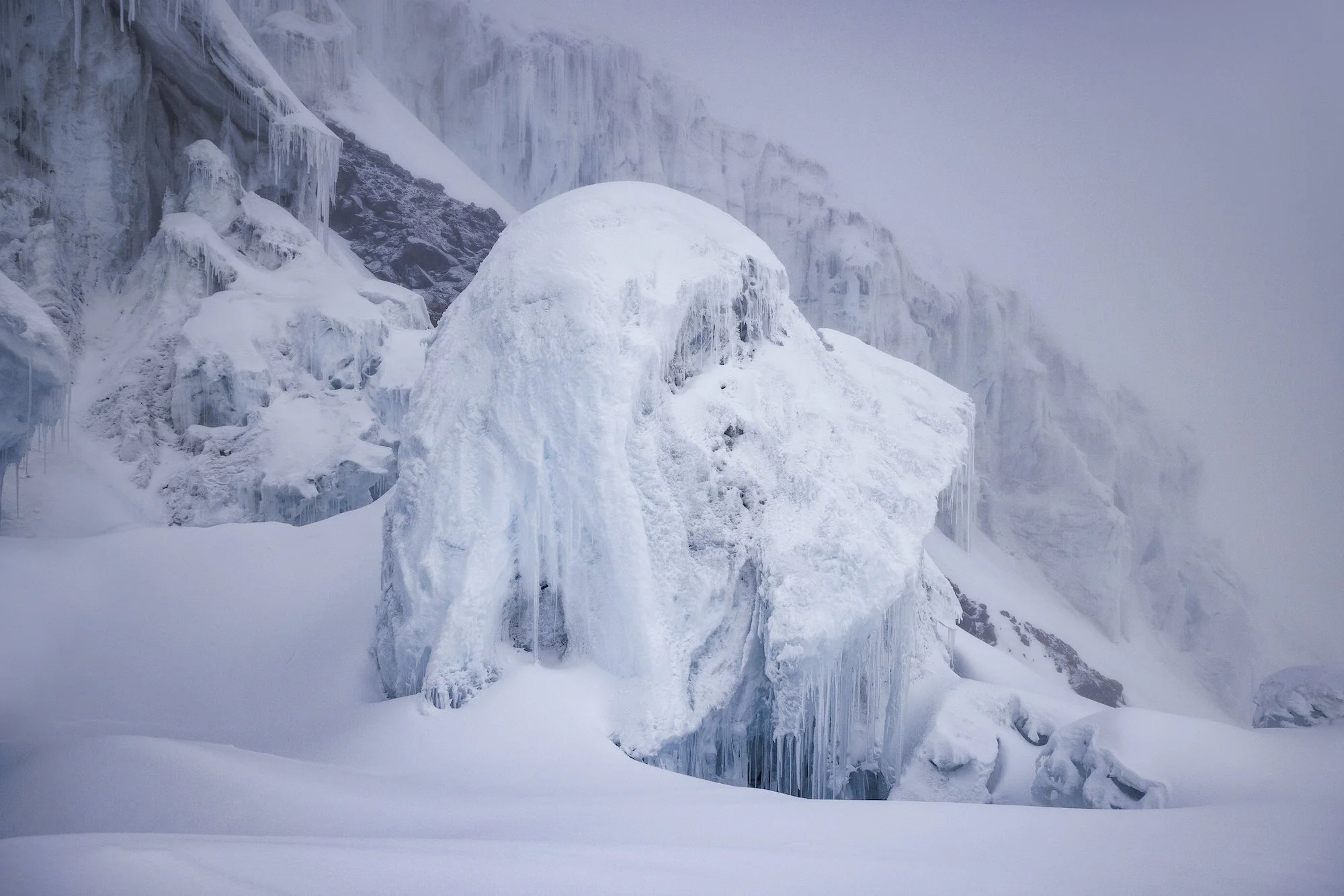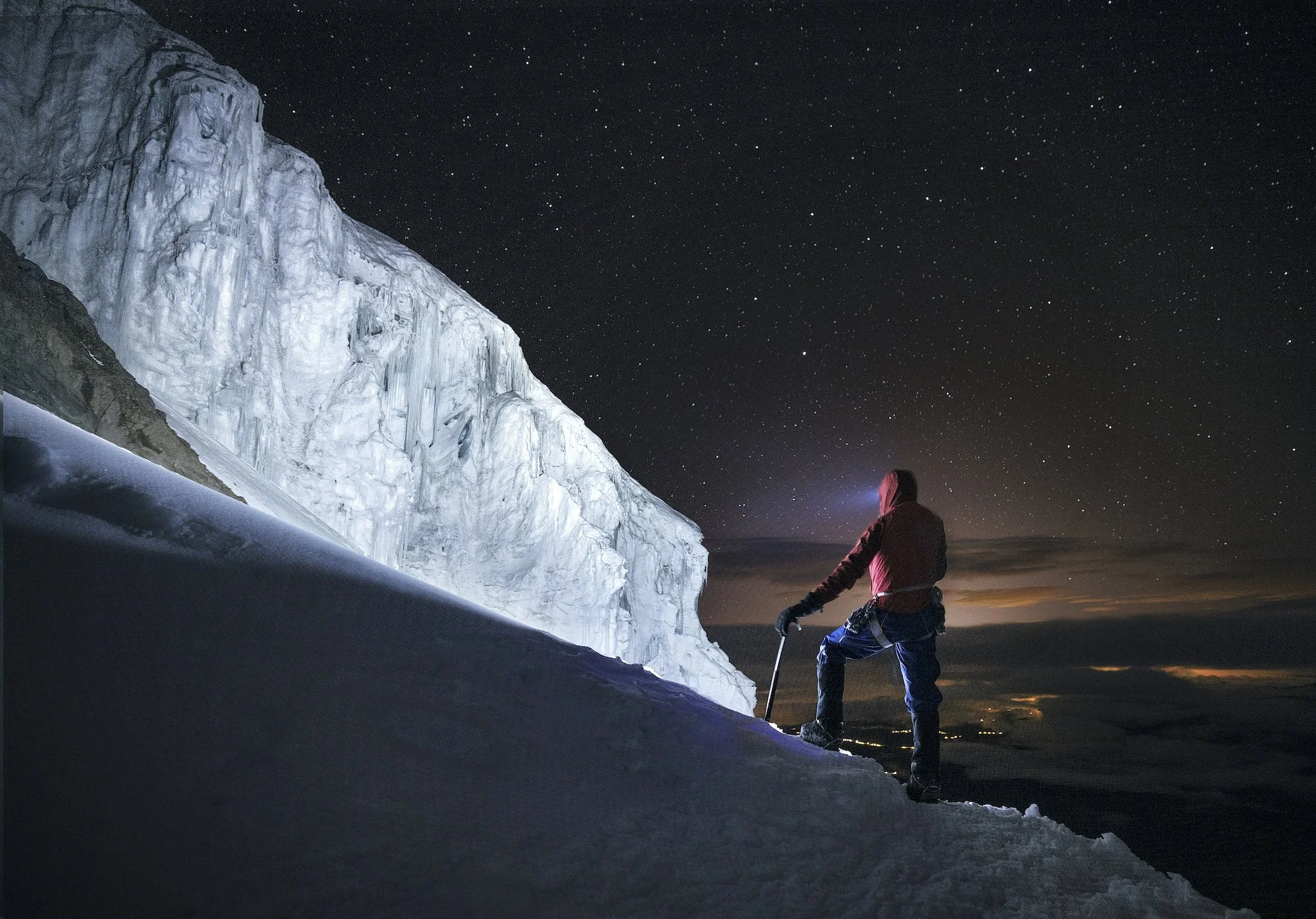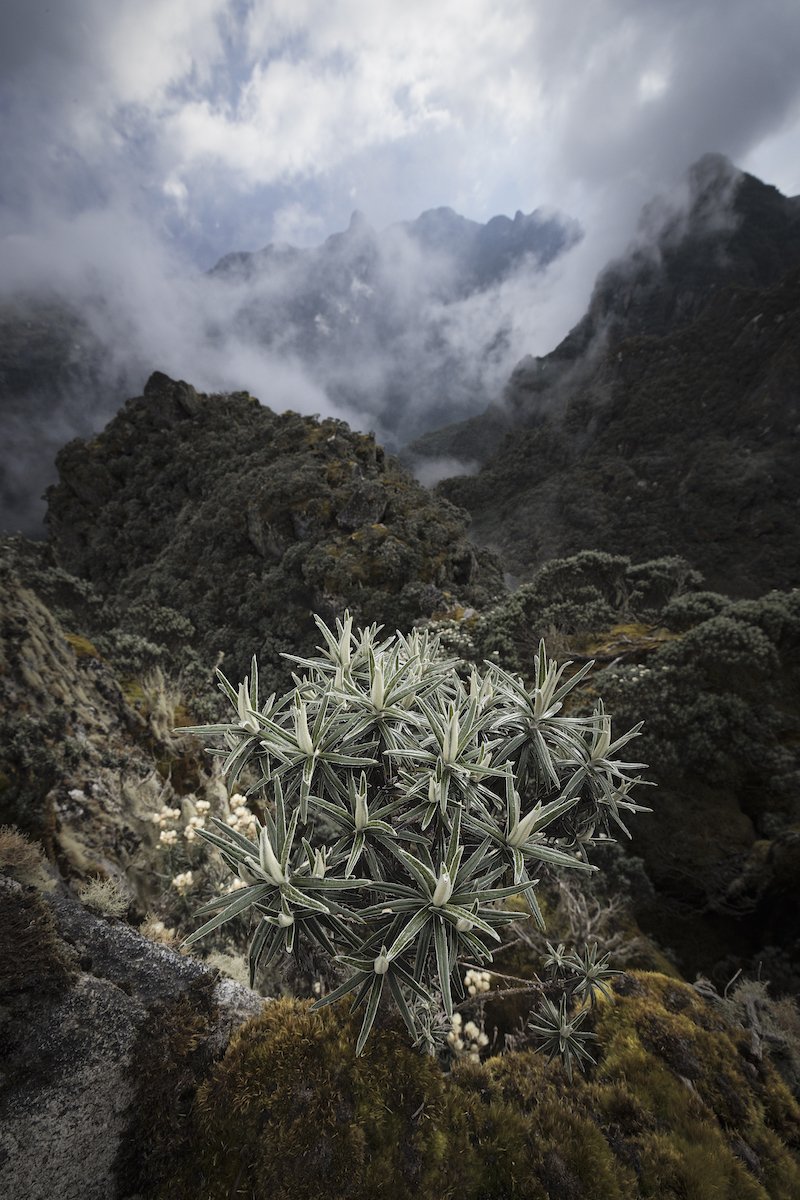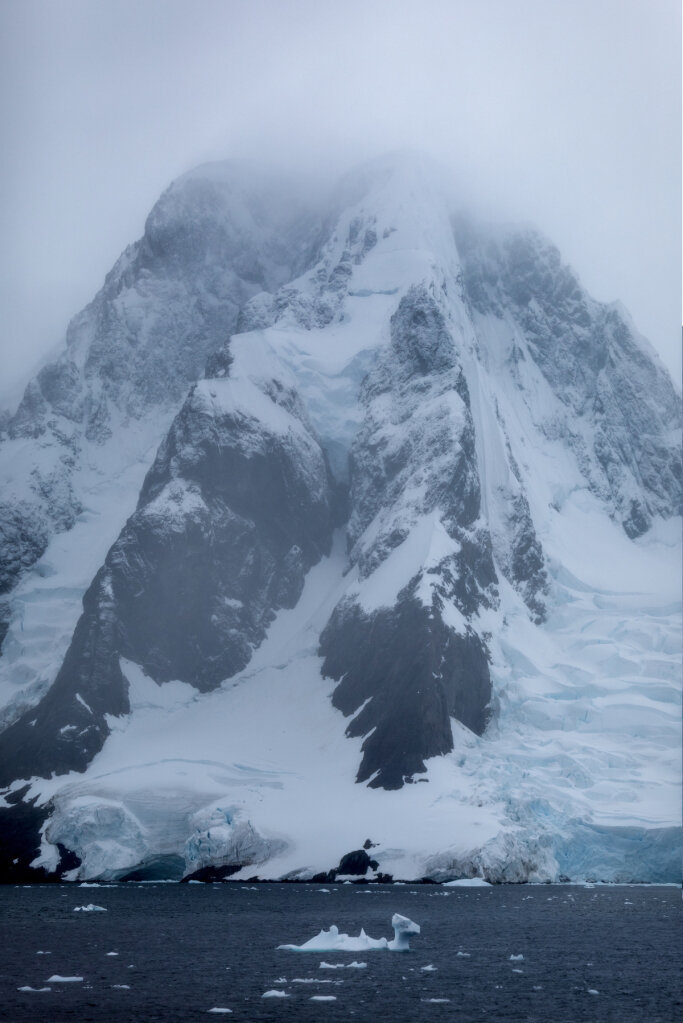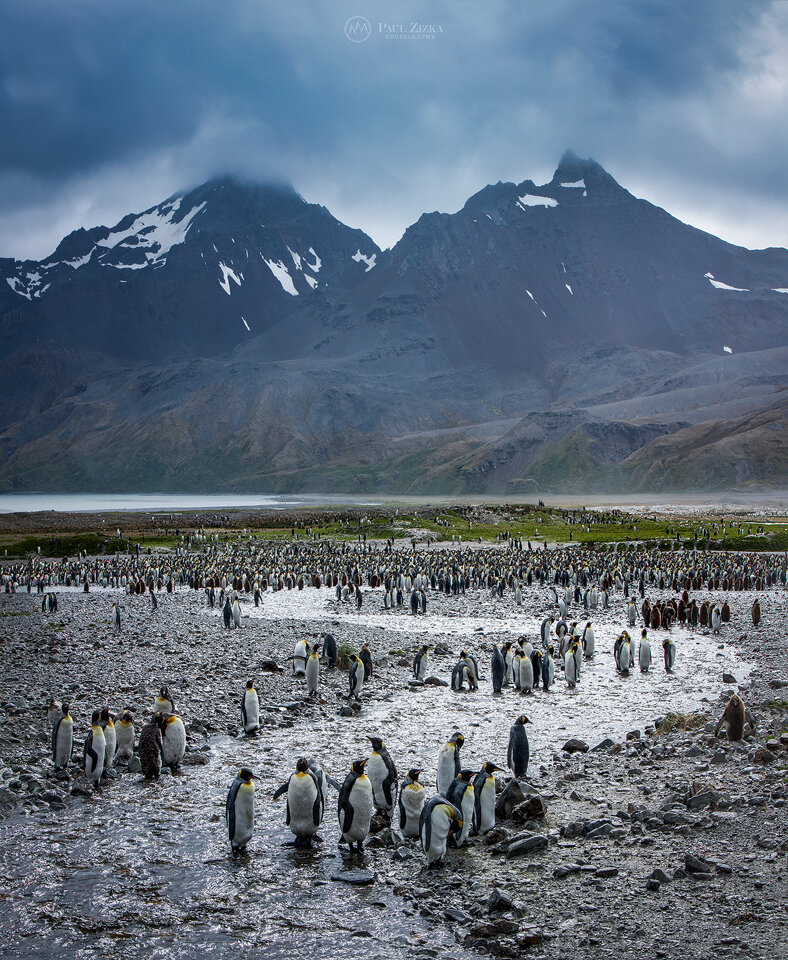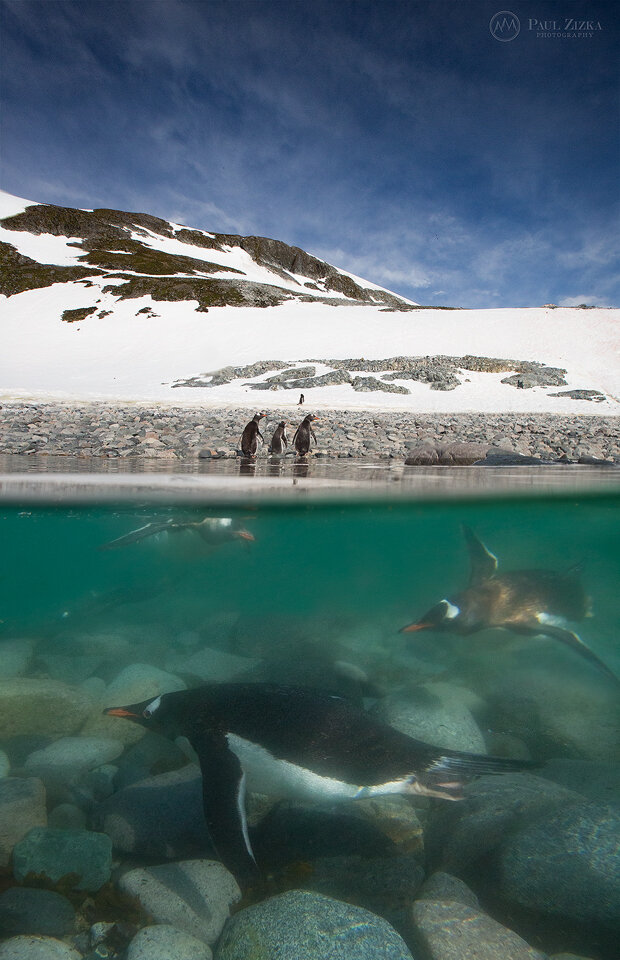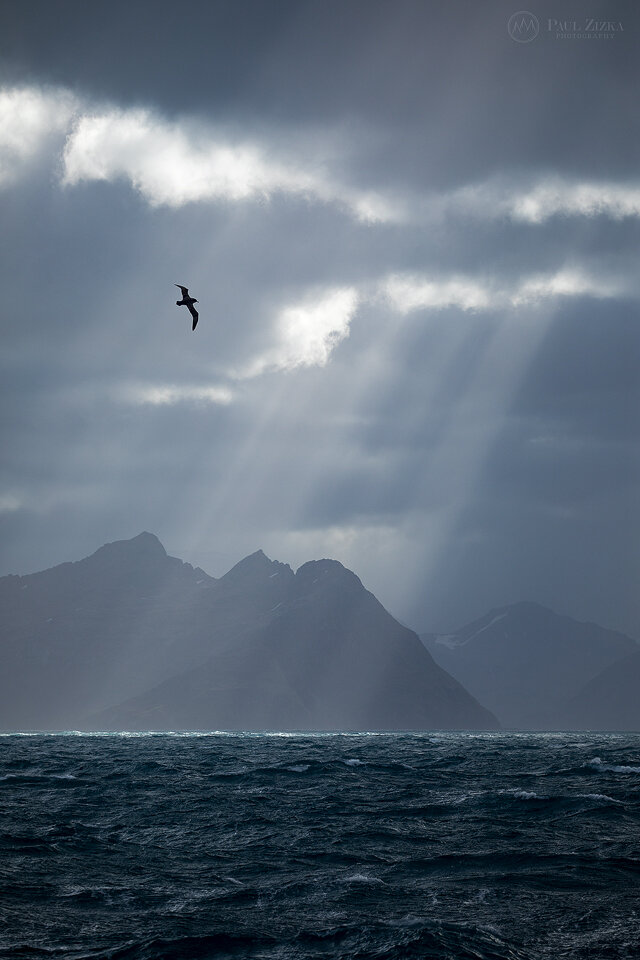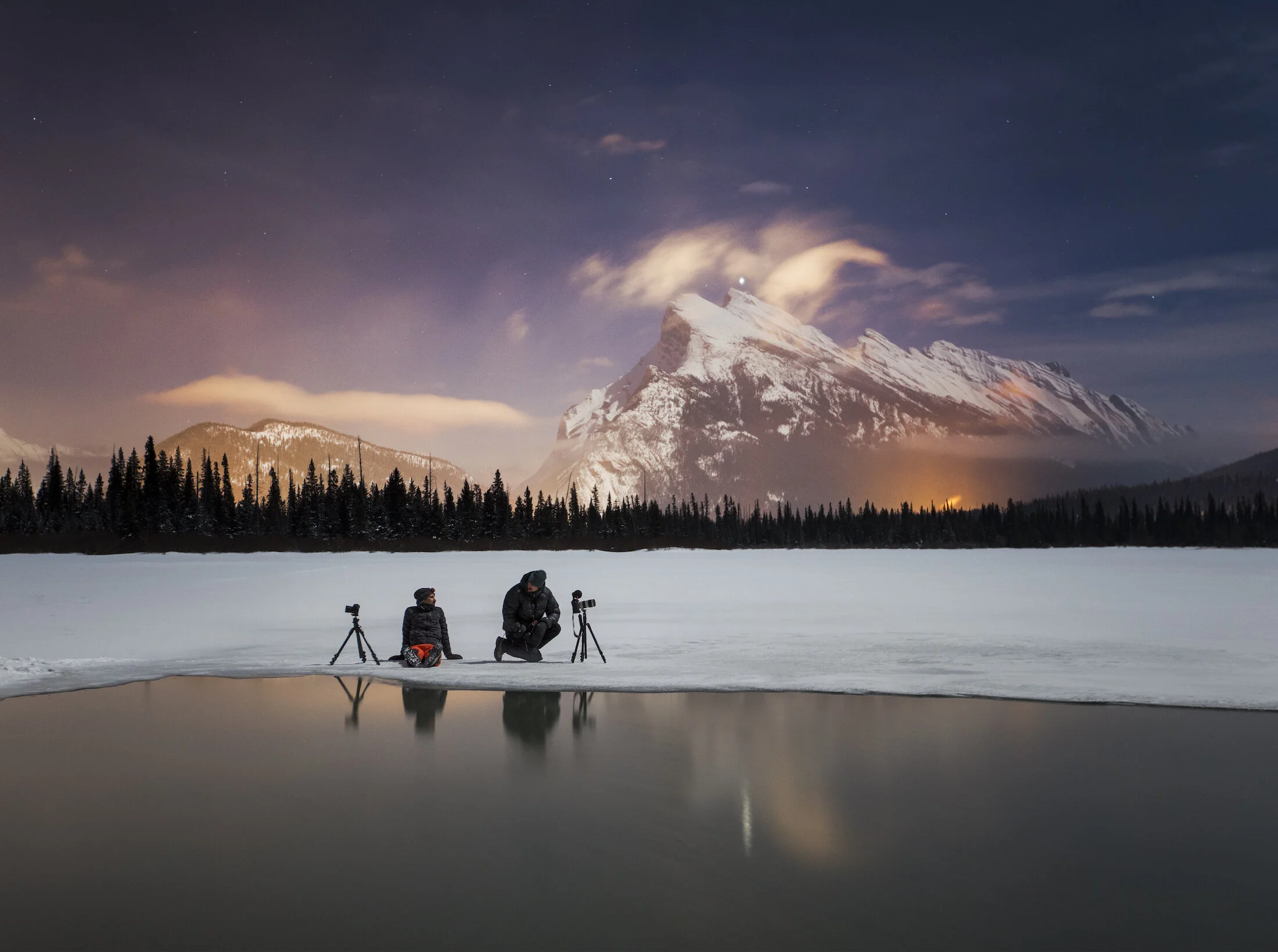
Ecuador: Capturing Vanishing Ice on the Equator
On a mission to document vanishing ice across the globe, I found myself in Ecuador back in February — a South American nation named for its position on the Equator. You may wonder why I’m chasing ice on the Equator, but Ecuador is home to Andean peaks towering up to 6,310 metres. It turns out that the country’s stratovolcanoes are home to a number of receding glaciers.
On a mission to document vanishing ice across the globe, I found myself in Ecuador back in February — a South American nation named for its position on the Equator. You may wonder why I’m chasing ice on the Equator, but Ecuador is home to Andean peaks towering up to 6,310 metres. It turns out that the country’s stratovolcanoes are home to a number of receding glaciers.
I arrived in Quito with a friend and fellow photographer, Kris Andres. An assault on all the senses, Quito was as colourful, bustling, and stimulating as I imagined. We hiked to the summit of Volcán Pichincha (4,800 m) to acclimatize for the higher elevations we planned to reach. Having spent time at elevation in Africa and Nepal, I acclimatized rather well.
Colourful and bustling Quito. Photo by Paul Zizka.
Quito is surrounded by hills and highlands, which we were eager to explore. It wasn’t long before we were en route to our next objective: Volcá Illiniza Norte (5,126 m). We set off around midnight in light snow, guided by the light of our headlamps. Conditions were challenging due to the build-up of ice and rime from the previous day’s storm. We couldn’t see anything when we reached the summit but just as we were about to pack up, everything opened up. It was absolute magic and everything I could wish for as a photographer: brilliant side light, dynamic clouds, and Illiniza Sur (5,245 m) rising in the background. In terms of scenery and photography, that fifteen minutes was the highlight of the entire trip.
Clouds parting momentarily on the summit of Volcan Illiniza Norte. Photo by Paul Zizka.
That’s not to say that the rest of our time in Ecuador wasn’t absolutely mind-blowing. Following Illiniza Norte, we hiked into the Jose Ribas refuge by circumventing the Quilotoa Crater. We spent half a day walking on the rim of a vast volcano, immersed in scenery that was unlike anything I’d ever seen before. Quilotoa is much older than the two previous volcanoes, geologically speaking. The landscape is also incredibly lush and vibrant. Traversing such different terrain was a refreshing intermission before our biggest climb.
Quilotoa Crater. Photo by Paul Zizka.
The pinnacle of our trip was Volcán Cotopaxi (5,897 m) located about 50 km south of Quito. We stayed at Tambo Paxi at the base of the volcano, got up to shoot the sunrise, then drove all the way up to a shelter that sits at an elevation of approximately 5000 metres. We got some rest but were up at 11 pm for a midnight start. With a new moon, we could only see as far ahead as our headlamps allowed. A billion stars glimmered overhead and Quito’s lights were visible in the distance. We wove our way through seracs towards the summit. Clouds rolled in halfway up, which was unfortunate for photos but added to the atmosphere.
We topped out on the edge of a giant summit crater. Eventually, other rope teams arrived at the summit of Cotopaxi. The clouds didn’t part until we were halfway down, revealing distant volcanoes and volcanic plains. The descent was magical and made for some great photo opportunities and some of my favourite images from the trip.
The Cotopaxi Refuge. Photo by Paul Zizka.
This trip to Ecuador was a wonderful opportunity for me to observe a new landscape, experience a new culture, and document rapidly changing glaciers that sit high up on the Equator. The trip came with its own challenges, like shooting in a highly dynamic environment that’s constantly changing. With volcanoes attracting and shedding weather quickly, I had to be on the ball to make the most of brief windows of opportunity. Overall, It was unbelievable to climb ice so close to the equator and gaze into distant coastal areas and jungles from a high altitude. The trip ultimately revealed that Ecuador is full of kind people and offers a ton of variety despite being such a small country. I certainly look forward to returning someday!
Weaving through seracs on our ascent of Cotopaxi. Photo by Paul Zizka.
Memories from Africa: Wildlife, Climbing and the Last Glaciers
A collection of my favourite images from a recent photography workshop and photo mission to capture the last ice in Botswana and Uganda.
After a long pause from leading workshops abroad, I was fortunate to embark on two trips in the latter half of 2021. The most recent was a journey to beautiful Botswana, a must-see for landscape and wildlife lovers alike. This particular adventure provided the best of both worlds; it began with an immersive OFFBEAT workshop experience and ended with a personal trip to document some of the only remaining ice on the African continent. Both resulted in memories I will cherish for a long time.
Breathless in Botswana
The workshop went marvellously well. We split our time between the Khwai Private Reserve of the Okavango Delta and Chobe National Park. We were fortunate to spot elephants, big cats, giraffes, hippos, baboons, and birds of many feathers. Since we could never predict which animals we would come across, each game drive and boat cruise provided a completely unique experience. Each of our participants went home with thousands of photographs of dozens of animals. For me, the most memorable encounters involved cheetahs, elephants, and lions bathing in magical African light.
One of Covid’s silver linings has been renewed appreciation. While I recognized the value of travel prior to the pandemic, it all felt a touch more special this time around. Whether gathering with old friends, meeting new faces, teaching again, drinking local coffee, or sitting quietly with a lion—it all seemed even more precious.
If you’ve never been to Botswana, you absolutely need to add it to your bucket list. Everything about this country, from its diverse landscapes and animals to its generous people, will leave you breathless.
A mother and baby elephant in Chobe National Park, Botswana. Photo by Paul Zizka Photography.
The Mountains of the Moon
After wrapping up the workshop, I embarked on a personal journey to find and photograph the last remnants of ice on the African continent. I chase ice because of its surreal beauty, its impact on the land and its people, and because it's so quickly disappearing. Chasing ice in Africa led me deep into the Rwenzori Mountains, located on the border between Botswana and Uganda. They are also known as the Mountains of the Moon.
Much of the multi-day trek was spent following our local guides through an otherworldly landscape of tropical plants and ancient rock shrouded by mist and rain. The highlight of the trip was the surreal summit day high on Mount Stanley. There I was in an extremely remote area, at one of the last remaining glaciers in Africa. I was sitting at 5,109 m above sea level in -20C temperatures and zero visibility with one butt cheek in Congo and the other in Uganda. I was there, in that quiet and sacred place, as news from the outside world trickled in: the Omicron variant was beginning to shut down travel to many African nations. It was a bizarre experience and an emotional rollercoaster.
You may think of glaciers when you think of Africa, but ice does exist there—for the time being. The now-tiny glaciers of that region have existed for a long, long time. They have had a massive impact on the land and the locals throughout history. They carved the valleys into what you see today and they provided water for life to fill those valleys. I chase ice because of its surreal beauty, its impact on the land and its people, and because it's so quickly disappearing. Embarking on this trip to see those glaciers in their terminal state was deeply moving and well-worth documenting for me.
The Rwenzori (also spelled Ruwenzori or Rwenjura) is a mountain range in eastern equatorial Africa, on the border between Uganda and the Congo. Photo by Paul Zizka Photography.
Guides on the summit of Mount Stanley (5,109 m). Photo by Paul Zizka Photography.
One of the many waterfalls we encountered during the trek. Photo by Paul Zizka Photography.
Extreme Blues and Bobbing by Icebergs: Antarctica
This latest trip to Antarctica was one for the memory books, filled with its highs and lows (including 7-metre waves in the Drake Passage!) and inclement weather that finally gave way to an incredible experience: five hours riding zodiacs through Charlotte Bay to photograph whales, iceberg and epic scenery. I'm already missing the sense of remoteness, scale and grandeur.
This latest trip to Antarctica was one for the memory books, filled with its highs and lows (including 7-metre waves in the Drake Passage!) and inclement weather that finally gave way to an incredible experience: five hours riding zodiacs through Charlotte Bay to photograph whales, iceberg and epic scenery. I'm already missing the sense of remoteness, scale and grandeur.
I have 7,000 or so frames to go through but wanted to show you an initial set of images! Enjoy this window into the latest journey to the White Continent.
As always, all images are available as limited-edition prints in a variety of sizes and format.
Fur seals swimming in impossibly blue water. Photo by Paul Zizka Photography.
Deception Island. Photo by Paul Zizka Photography.
A mammoth iceberg. Photo by Paul Zizka Photography.
Moonrise over the Antarctic Peninsula. Photo by Paul Zizka Photography.
Huge ice features. Photo by Paul Zizka Photography.
Fur Seal on Deception Island. Photo by Paul Zizka Photography.
Stunning details in icebergs. Photo by Paul Zizka Photography.
Gentoo penguins at Dorian Bay. Photo by Paul Zizka Photography.
Zodiac provides a sense of scale to the enormity of the landscape. Photo by Paul Zizka Photography.
Peleno Strait. Photo by Paul Zizka Photography.
Journey to the White Continent
It always seemed so unattainable to me. But after two days at sea, and a year of anticipation, I was mesmerized when we first caught sight of a few rocks off Elephant Island through the thick fog – harbingers of our imminent arrival on the fabled White Continent. There is no wilder place on Earth, nowhere more remote, more inhospitable.
Antarctica.
It always seemed so unattainable to me. But after two days at sea, and a year of anticipation, I was mesmerized when we first caught sight of a few rocks off Elephant Island through the thick fog – harbingers of our imminent arrival on the fabled White Continent. There is no wilder place on Earth, nowhere more remote, more inhospitable.
And as I found out over the six weeks following that moment in early January 2017, you’d be hard-pressed as a photographer to find another location on the planet that is more overwhelming. The photo opportunities just kept on coming, and I’ll never forget the sense of remoteness, the way life thrived on a whole other level, and the scale of the land down there. I’m thankful for One Ocean Expeditions for bringing me on board.
Amazingly, I managed to underestimate how many photographs I would take on the trip. When I returned home from the White Continent, the hard drives were filled to the brim, and between test shots, time-lapses, bracketed sequences and such, I came home with 40,000 files! I’m just starting to put a dent into all that material, but I would like to share some of the early results with you.
Antarctica is a place that will stay with me forever, and I very much look forward to revisiting my experience there through the thousands of photographs. I hope you enjoy the sneak peek!
The scale of South Georgia is absolutely overwhelming. Massive mountains grace the horizon. Glaciers are colossal. Penguins come by the thousands. Fur seals are everywhere you look. And the island itself is 2,000 km from the nearest mainland – isolation beyond description. I took this from our ship, the Vavilov, on an early morning at Gold Harbour, a place of incredible beauty. This is a penguin highway, which is simply a path of least resistance the animals continuously follow. In the back is the rapidly receding, spectacular Bertrab Glacier. By the way, the Canon 100-400 was by far my most used lens on the trip. Photo by Paul Zizka Photography.
I’ve taken my share of selfies, but never with penguins, fur seals and elephant seals looking on. That morning at St Andrews Bay was a highlight of the time spent on South Georgia with One Ocean Expeditions. Photo by Paul Zizka Photography.
A trio of synchronized whales swim into the endless Antarctica sunset. We saw dozens, perhaps hundreds of cetaceans that evening in the Gerlache Strait. The ice and mountains alone were just breathtaking. Photo by Paul Zizka Photography.
They had warned me that South Georgia would turn anyone into a wildlife photographer… Hard to ignore those three king penguins backlit by a fiery sunrise. This was at St Andrews Bay, meaning there were another 100,000 penguins right behind me. Just mind-blowing. I’d never seen life thrive at that level. This is the largest penguin colony on the island. Photo by Paul Zizka Photography.
Love the mysterious, deep blue hues of Antarctic icebergs… Lemaire Channel, Antarctica. Photo by Paul Zizka Photography.
This was one of the most entertaining wildlife encounters we had on South Georgia: a macaroni penguin and a blue-eyed shag fighting over a little rock island. I think I took 100 shots of that interaction, but with the subjects moving and the zodiac bobbing around on the waves, I never quite got the composition where I want it… This is the best one of the lot. A wonderful wildlife moment in the middle of nowhere. Photo by Paul Zizka Photography.
A self-portrait taken on Petermann Island on the Antarctic peninsula. Between the gentoo penguins, the huge icebergs floating by, and the distant glaciated peaks, this is one place I found particularly overwhelming as a photographer. Just incredible. Photo by Paul Zizka Photography.
As we explored the coast of the island that morning, we all did our best to simplify our compositions, usually by isolating one or two animals. But the truth is, South Georgia is an incredibly cluttered place. It’s a compositional mess of colours, textures and lines. So here’s a crowded image I feel is representative of that amazing island! A lot of the detail is lost here on social media but I hope it conveys a sense of the place. Fortuna Bay, South Georgia. Photo by Paul Zizka Photography.
Ice in Antarctica comes in all shapes, sizes, textures and shades of blue. A paradise for the cryophile. The turquoise ramparts of this iceberg were particularly mesmerizing. Paradise Harbour, Antarctica. Photo by Paul Zizka Photography.
I think it’s fair to say gentoo penguins look rather clumsy above the surface. Underwater though, they move with incredible speed and precision. I took 500 shots. A handful had penguins in them… Photo by Paul Zizka Photography.
Gloomy morning at Fortuna Bay, South Georgia. Photo by Paul Zizka Photography.
Hiking on the peninsula, a sacred place. For me, every step was a privilege in that precious, stunning part of the world. In the background is the Conscripto Ortiz refuge, run by Argentina. Paradise Harbour, Antarctica. Photo by Paul Zizka Photography.
Camping on the 7th continent… Would you? I settled into my “moat” for the obligatory self-portrait and then realized the surroundings were just too good to pass up. I spent a sleepless, exhilarating, peaceful night exploring and photographing beautiful Leith Cove before returning to the ship. Leith Cove, Antarctica. Photo by Paul Zizka Photography.
Penguin life has its challenges. Gruesome, I know, but a reminder that leopard seals and other predators constantly prowl the icy waters of the Antarctic peninsula (good thing to keep in mind for the underwater photographer too I suppose). Danco Island, Antarctica. Photo by Paul Zizka Photography.
I really wished I hadn’t used the word “epic” so much before going to Antarctica. I think we all ran out of superlatives soon after reaching the continent… Gerlache Strait, Antarctica. Photo by Paul Zizka Photography.
Brash ice, cirrus clouds and mammoth peaks – a perfect afternoon on the White Continent. Photo by Paul Zizka Photography.
An Adelie penguin reaches the extent of the sea ice, Antarctica. Photo by Paul Zizka Photography.
Self-portrait at the edge of the world. Photo by Paul Zizka Photography.
An albatross conveniently soars through the frame as crepuscular rays rain down on the peaks of South Georgia. So much beauty in that remote corner of the world. Photo by Paul Zizka Photography.
Iceberg illuminated by the sun, Antartica. Photo by Paul Zizka Photography.
A lone Adelie penguin seemingly runs out of sea ice off of the Antarctic peninsula. As for us, we ran out of water. This encounter marked the southernmost extent of our journey: about 67 degrees, somewhere in Lallemand Fjord. Photo by Paul Zizka Photography.

